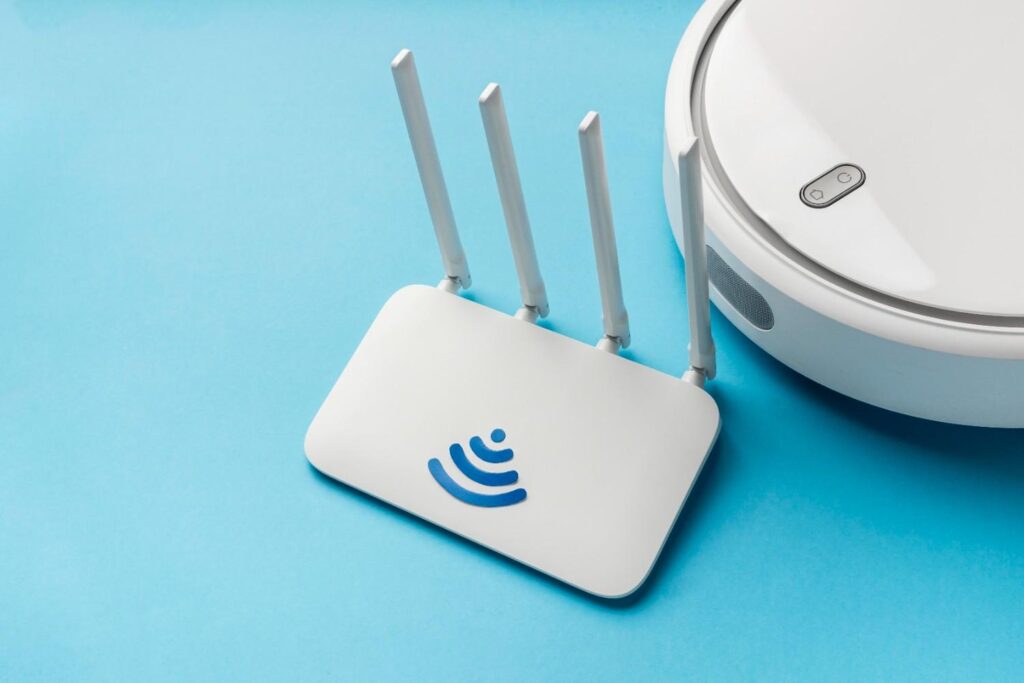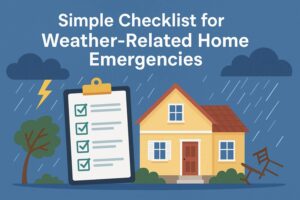In today’s digital world, everything we do revolves around staying connected. Whether you’re working remotely, streaming your favorite shows, gaming online, or running a smart home filled with connected devices, you need internet that is fast, reliable, and consistent.
As we move through 2025, the broadband landscape in the United States continues to evolve rapidly. Providers are expanding fiber networks, upgrading cable infrastructure, and introducing new wireless solutions to deliver faster speeds and wider coverage. But with so many choices, which networks truly stand out?
What Makes a Broadband Network “Top Tier”?

When evaluating broadband networks, speed is important — but it’s only part of the equation. The best providers in 2025 excel in multiple areas:
- Download and upload speeds: Gigabit-level speeds are becoming the new standard, and upload performance matters more now than ever thanks to cloud storage, video conferencing, and remote work.
- Network reliability and consistency: Smooth streaming and lag-free gaming require more than speed on paper — they need stable performance throughout the day.
- Coverage: The best network is useless if it isn’t available where you live. Nationwide accessibility remains a key factor.
- Future-proof technology: Fiber networks and advanced cable upgrades (like DOCSIS 4.0) ensure capacity for future demand.
With this criteria in mind, here are the leading broadband networks in the U.S. for 2025.
Top Broadband Networks of 2025

1. Google Fiber
Google Fiber continues to rank among the top broadband networks in the country thanks to its blazing-fast fiber-to-the-home infrastructure. It consistently offers symmetrical speeds — meaning upload and download speeds are equally impressive. For remote workers, creative professionals, and heavy streamers, that balance is a big win.
While Google Fiber is not available everywhere, the company continues to expand into new cities every year. If it’s in your area, it’s easily one of the strongest choices.
2. Spectrum (Charter Communications)
Spectrum offers some of the widest coverage in the U.S. Thanks to ongoing upgrades, many markets now see significantly improved speeds, making Spectrum a competitive option even compared to fiber in some areas.
It’s particularly appealing if:
- You live in a suburban or rural area
- Fiber isn’t available
- You want flexibility without long-term contracts
Spectrum’s network continues to improve as infrastructure upgrades roll out across the country.
3. AT&T Fiber
AT&T’s fiber network stands out for outstanding speed and strong reliability. Where available, customers can access multi-gigabit plans that offer exceptional upload speeds — a huge benefit for professionals who rely heavily on video conferencing or cloud services.
AT&T is also rapidly expanding its fiber footprint, making this network a strong contender in many cities and metro areas.
4. Verizon Fios
Verizon Fios has long been known for its reliability and fast fiber performance. Like AT&T Fiber, it offers symmetrical speeds and has excellent customer satisfaction ratings.
While it’s not as widely available as some competitors, it consistently ranks among the best for performance in the regions it serves — particularly in the Northeast.
How to Choose the Best Broadband Network for Your Home
Choosing a provider can feel overwhelming, but answering these questions will help narrow it down:
- What’s available at your address?
Start here — availability varies widely by location. - How many people and devices use the internet in your home?
- Light browsing & email: 50–100 Mbps
- Multiple users streaming and working online: 300–600 Mbps
- Gamers, smart homes, remote workers, content creators: 1 Gbps or higher
- Do you upload a lot of files or work remotely?
Fiber providers (Google Fiber, AT&T Fiber, Verizon Fios) excel at high upload speeds. - Are you staying long-term or looking for flexibility?
Some providers offer no-contract options or price guarantees.
The Future of Broadband: What’s Coming Next
2025 marks a turning point for broadband in the U.S.:
- Fiber networks are expanding at the fastest rate ever.
- Cable providers are rolling out next-generation DOCSIS technology, increasing both speed and reliability.
- Fixed wireless solutions using 5G are bringing high-speed internet to rural and underserved areas.
More choices mean better competition — and better service for consumers.
Final Thoughts
Ultimately, the ideal broadband network comes down to your location and how you use the internet. Fiber-optic providers generally deliver the strongest long-term performance and value, thanks to their ability to support high speeds and reliable connectivity. Google Fiber, AT&T Fiber, and Verizon Fios are leading examples of top-tier fiber networks.
If fiber isn’t available in your area, Spectrum remains a solid and continually expanding choice, offering impressive speed and broad service coverage through advanced cable infrastructure. High-quality cable assemblies within these networks also contribute to stable performance by ensuring secure and efficient data transmission.
Whichever option you choose, advancements in fiber technology, cable assembly improvements, and upgraded network systems mean that broadband in the U.S. is becoming faster, more reliable, and more accessible than ever before.







